
|
KBR Horse Net
|
|
|
Table of Contents |
Clicker Training Section |
Horse Health Section |
Welcome to our Horse Training Section!
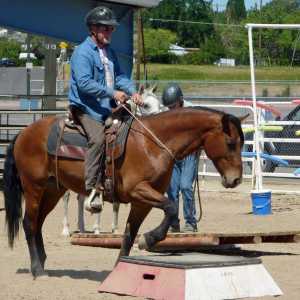
|
Twenty years ago we started putting safe and sane horse training information up on the internet. Over the years we recorded many of the concepts and techniques we found useful in training horses. It's hard to believe that so much time has passed.
People often ask us, "Which training methods do you use? The Dorrance Brothers? Pat Parelli? Ray Hunt? Monte Foreman? Frank Bell? Tellington-Jones? Clinton Anderson?" We usually simply reply, "Yes." In some form or other we use techniques illustrated by all of these clinicians and more. Humans have been training horses for thousands of years and in the past couple of decades some talented people have been taking the best of these techniques and presenting them to the public. We simply apply those ideas that work best in the situations that we encounter. |
| We consider what we do as "Open Training" which is very similar to "resistance free training" except that we are more focused on developing "Learn-Learn" situations. In this way the horse always has an opportunity to choose between a primary objective (the task we want him to learn) and a secondary objective (which usually involves more work). This methodology is more fully explained elsewhere in this section, but in summary we have found it to be extremely efficient in modifying bad habits and teaching the horse to think and respond, rather than react and/or spook. We also understand and appreciate the value of positive motivation, especially when dealing with wild or anxious animals. Fear can inhibits desired behaviors so we work to get the horse to invest his energy in curiosity rather than fear-based avoidance. |
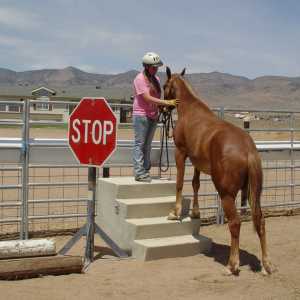
|
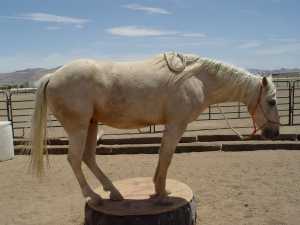
| Please note: There are many ways to accomplish horse training and we are not suggesting that the ideas which we present are the only appropriate training methods, nor would they always be the methods most appropriate for your personal situation. If you are training a horse, you have to be aware of your capabilities and limitations as well as those of the horse. No matter who presents the information, you must decide if it makes sense to apply it to your situation and your horse. It is in the spirit of sharing information, with the reader assuming sole responsibility for his or her own actions, that this material is presented. We hope you will find it useful and that you use good judgement and humane and safe practices when dealing with your horses. |
|
We also need to acknowledge the LRTC Wild Horse Mentors and workshop clinicians who since the late 1980s have brainstormed and tried many new variations on traditional approaches as well as new ideas. If a variety of people could use a new approach and get consistent results, then the approach had some validity.
Of course we also apply a great deal of conventional wisdom, so the Training Section is really a combination of familiar concepts mixed with some fresh ideas.
Why we use the web to share this information.
|
| BASIC BEHAVIOR AND PRINCIPLES |
Some Perspective
|
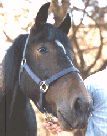
|
How Horses Learn
|
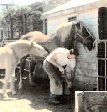
|
Developing Confident Horses
|
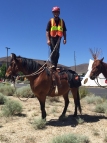
|
| WILD AND UNSOCIALIZED HORSES |
Wild Horse Facilities
Building a Practical Mustang Pen
|

|
Approaches and Techniques
What Now?
|
Behavioral Factors When Training Unhandled Horses
|
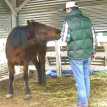
|
Catching Difficult Horses
|

|
Training Horses the Wal-Mart Way
|

|
Wild Horse Mentors
|

|
Success or Failure, It's Up to You
|

|
| BASIC TRAINING APPROACHES |
"Open Training" and setting up "Learn-Learn" Situations
|

|
Round Corral Logic
|
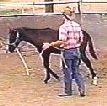
|
Why Ground Schooling is Important
|

|
The Bamboo Pole Method
|

|
Working With a Flag
|
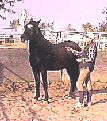
|
Training by the Numbers
|

|
| INTERMEDIATE TRAINING APPROACHES |
Seven Steps to Safer Horsemanship
|
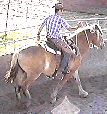
|
Building a Horse Course
|
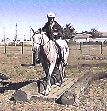
|
Farrier Training
|
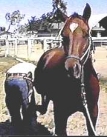
|
Rhythm Beads
|

|
Trailering Made Easy
|
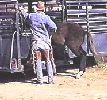
|
| BEFORE YOU TAKE UP RIDING |
How to Ride a Horse
|

|
| OTHER IMPORTANT ISSUES |
Evacuations and Technical Rescues
|

|
Desensitizing "Bridle Shy" horses
|

|
Horses afraid of Riders!
|

|
Spooky Horses!
|
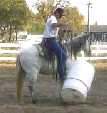
|
You can Lead a Horse to Water
|
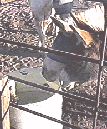
|
| SPECIFIC TRAINING SUBCATEGORIES |
Horse Course Section:
|
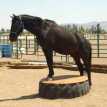
|
Wooden Bridges
|

|
Pits
|

|
It's the Bomb!
|

|
Halter and Lead Equipment Section:
Training with the Halter
|

|
Horse Handling Ropes
|

|
Quick Release Knots
|
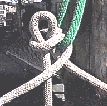
|
Bits Section:
Curb Bits and Snaffles
|
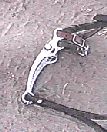
|
Mechanical Hackamores
|
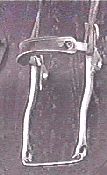
|
Mecate Reins
|
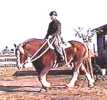
|
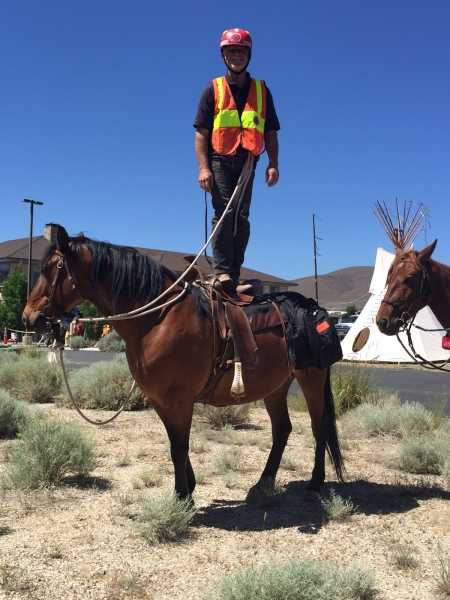
|
"Some people, who as soon as they have got upon a young horse, fancy that
by beating and spurring they will make him a trained horse in one morning only.
I would fain ask such stupid people, whether by beating a boy, they could
teach him to read without first showing him his alphabet."
William Cavendish, Marquis of Newcastle (1743) |
Can't find what you're looking for?
This is a large site. If you get lost,
try searching for key words and phrases
using the acclaimed Google Search Engine
Go to KBR World of Wild Horses & Burros
Go To  KBR Horse Net
KBR Horse Net
|
KBR Horse Training Information, © 1989-2009 Lamm's Kickin' Back Ranch and Willis & Sharon Lamm. All rights reserved. Duplication of any of this material for commercial use is prohibited without express written permission. This prohibition is not intended to extend to personal non-commercial use, including sharing with others for safety and learning purposes, provided this copyright notice is attached. |
